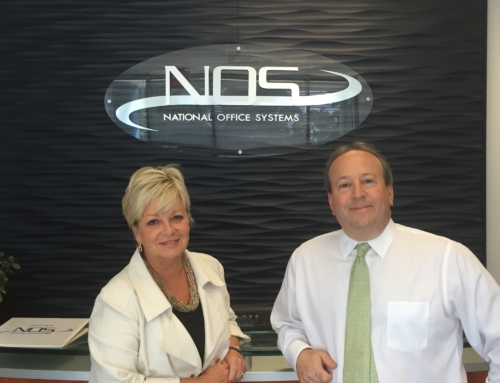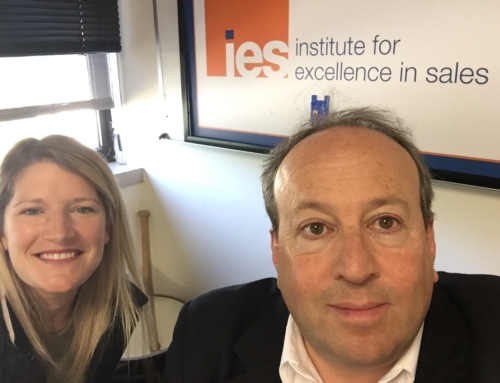Tim Sullivan of Sales Performance International, and author of The Collaborative Sale, asks “Can your existing sales talent execute your future growth strategy?” in a blog originally posted in the SPI web site.
Can your existing sales talent execute your future growth strategy?
To say that markets are changing rapidly in response to many forces is an understatement. For example, we described in our recent book, The Collaborative Sale, how buyer behavior is changing dramatically as a result of easy access to information, increased globalization, the rise of Millennials in business, the shortening time of competitive advantage, and other factors.
New disruptive competitors, backed by deep-pocketed venture capitalists, can pop up overnight. Take the example of HR software start-up Zenefits, which recently announced that it had just raised a whopping $500 million in VC funding – giving them a total valuation of $4.5 billion. Zenefits is bent on disrupting this sleepy and regulated industry, just as Uber disrupted the taxicab trade.
As a sales leader, you know that you need to constantly evolve in the face of these kinds of dramatic changes, or you will be left in the dust. As you adapt your sales strategy to align with your changing corporate strategy, have you also adapted your sales talent strategy to follow suit? In other words, is the sales talent that got you to your current state not the best sales talent for your future growth strategy?
DEFINING SALES TALENT
We have observed that most sales organizations struggle to define what “good” and “great” salespeople should look like. They typically default to the characteristics of people who have succeeded in the past. This is not altogether a bad idea. However, as your business requirements change, your sales roles and definition of excellence in these roles will also likely change – and in the face of dramatic business changes, your previous definitions, based on what worked before, may quickly become dead wrong.
For example, we have a client in the software industry grew primarily through acquisition. Acquired entities operated autonomously and were usually left alone, as long as they made their respective growth and profitability numbers. Although the profile of top performers varied a bit across divisions, many were strong product specialists that excelled by really knowing their product and positioning features and benefits to technical buyers.
As valuations for software companies skyrocketed, fueled in part by bubble-like conditions in the VC market, good acquisitions became much more costly. Our client’s leadership team hired a well-known strategy consulting firm, and decided to transition from growth through acquisition to organic growth. Slowly but surely, they started to integrate divisions under a common go-to-market strategy that focused on selling a comprehensive enterprise solution to C-level buyers.
Some previous top-performers continued to deliver results, while others struggled badly with the transition. We used our sales talent assessment expertise to help them understand why. We started by developing a competency model for their future-state C-level solution seller and supporting roles. While each model will be unique for every organization, we leveraged our competency library and pre-existing profiles as a starting point, and then refined it iteratively to develop a valid competency map.
We then identified the target proficiency levels for each competency in each role. We used a proficiency level scale from 1 to 4, with 4 being the top. Not everybody needs to be level 4. One may only need to be level 3 in a competency in order to perform a role sufficiently. Then we assessed each incumbent to determine their proficiencies and identified gaps to close.
Once we gathered the data, our industrial and organizational psychologists crunched through the statistics to build performance models. This enabled them to determine which competencies make the most impact on sales results and isolate the behaviors of top performers – the critical sales competencies. Out of more than fifty competencies, we can identify the 3-4 most critical sales competencies that enable our clients to focus on what matters most.
By identifying the critical sales competencies and proficiency levels for the roles necessary to support the new strategy, our client was able to take the guesswork out of their hiring decisions. It also enabled them to provide better coaching and development to current salespeople, based on their true needs. They now have a much more systematic way of ensuring that their sales talent is able to deliver on their new business strategy.
ENSURING STRATEGY AND SALES TALENT ALIGNMENT
When you make significant changes to your sales strategy, it is important to clearly determine your new sales roles and develop accurate competency models for these roles. The bigger the strategic shift, the more likely the model of a top performer will be different from what it was before. Assessing your team against a competency model that is aligned with your new strategy will help you determine where people need help to make the transition successfully, and give you a benchmark for hiring new talent into these roles.





